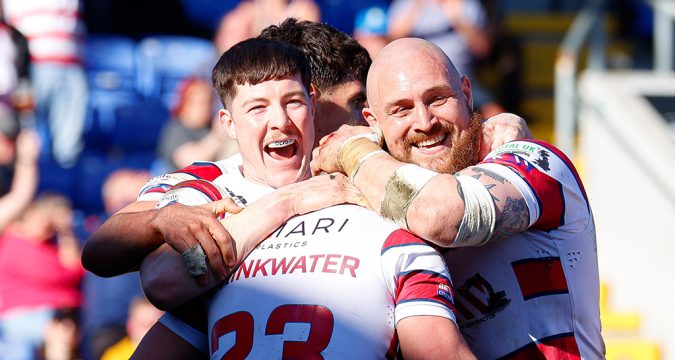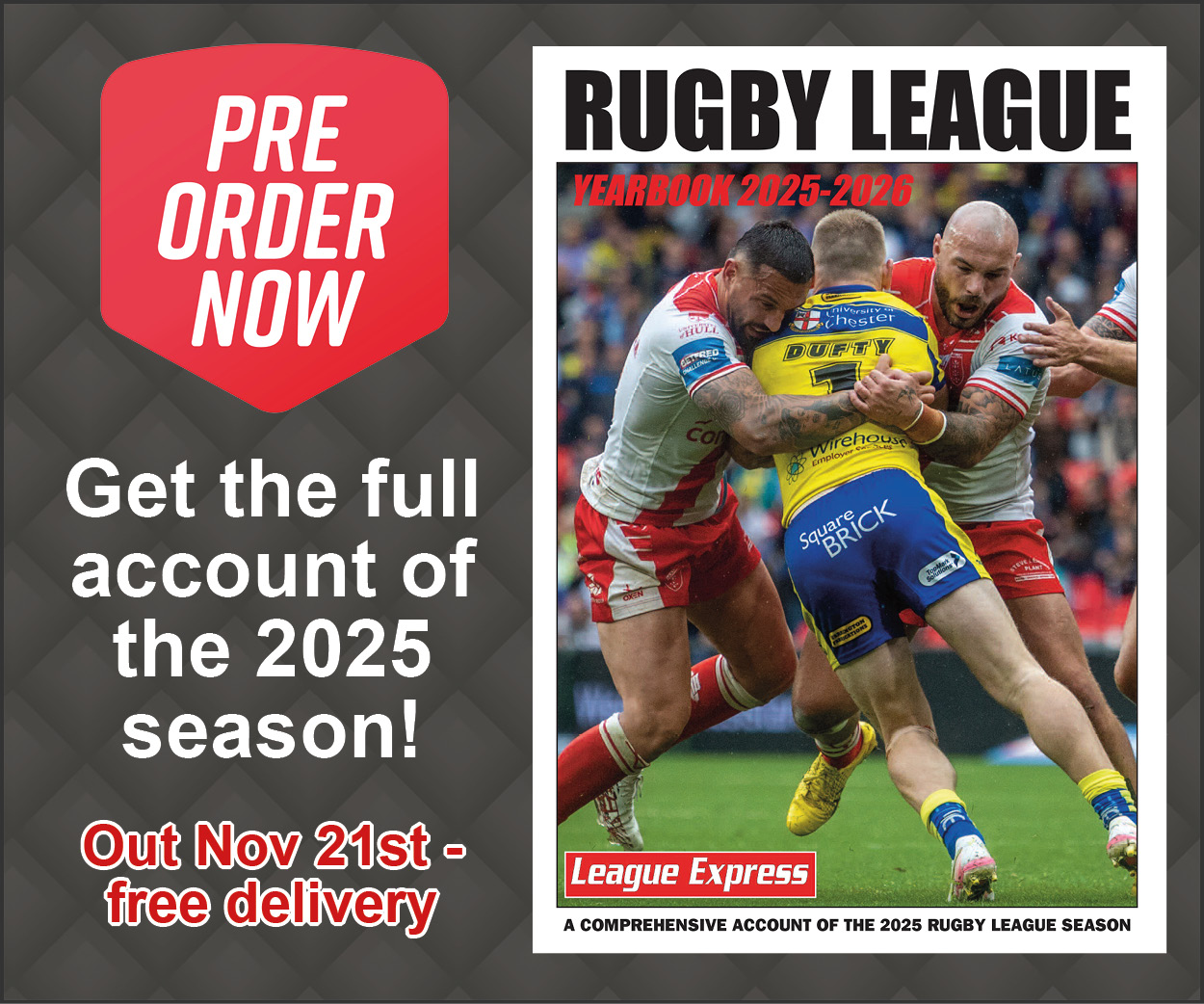 IAN WILSON is a long-term supporter of and reporter on Oldham RLFC. In this article he charts the frustration of backing a club that has never been to Wembley and speculates on what the future holds for the Roughyeds.
ON May 7,1927, Oldham RLFC appeared in their fourth consecutive Challenge Cup final, defeating Swinton 26-7.
The RFL then, very
IAN WILSON is a long-term supporter of and reporter on Oldham RLFC. In this article he charts the frustration of backing a club that has never been to Wembley and speculates on what the future holds for the Roughyeds.
ON May 7,1927, Oldham RLFC appeared in their fourth consecutive Challenge Cup final, defeating Swinton 26-7.
The RFL then, very What’s next for the Oldham revival?
 IAN WILSON is a long-term supporter of and reporter on Oldham RLFC. In this article he charts the frustration of backing a club that has never been to Wembley and speculates on what the future holds for the Roughyeds.
ON May 7,1927, Oldham RLFC appeared in their fourth consecutive Challenge Cup final, defeating Swinton 26-7.
The RFL then, very
IAN WILSON is a long-term supporter of and reporter on Oldham RLFC. In this article he charts the frustration of backing a club that has never been to Wembley and speculates on what the future holds for the Roughyeds.
ON May 7,1927, Oldham RLFC appeared in their fourth consecutive Challenge Cup final, defeating Swinton 26-7.
The RFL then, very 
